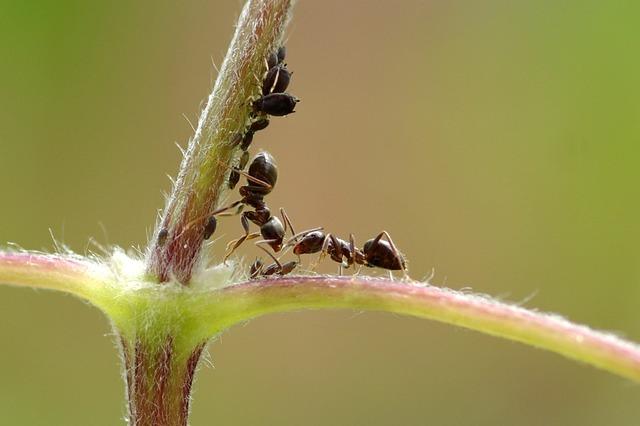
Lice infestation, also known as pediculosis, is a common problem, especially among children. Lice are tiny, wingless insects that live on the scalp and feed on human blood. They can cause intense itching and discomfort, and if left untreated, they can lead to secondary infections.
It’s important to be able to recognize the symptoms of lice infestation so that it can be treated quickly and effectively. In this article, we will discuss the most common symptoms of lice infestation and what you can do to get rid of these pesky parasites.
1. Itchy Scalp
One of the most common symptoms of lice infestation is an itchy scalp. The itching is caused by an allergic reaction to the saliva of the lice when they bite into the scalp to feed on blood. The itching is often worse behind the ears and at the back of the neck, where lice tend to lay their eggs.
If you or your child is experiencing persistent itching of the scalp, it’s important to check for lice and nits (lice eggs) as soon as possible.
2. Visible Lice or Nits
Another telltale sign of lice infestation is the presence of visible lice or nits in the hair. Adult lice are about the size of a sesame seed and are tan to grayish-white in color. They can be difficult to spot because they move quickly and avoid light.
Nits, on the other hand, are much easier to see. They are tiny, oval-shaped eggs that are firmly attached to the hair shaft close to the scalp. Nits are often mistaken for dandruff, but unlike dandruff, they cannot be easily brushed or shaken off the hair.
3. Irritability and Difficulty Sleeping
Children with lice infestations may also exhibit signs of irritability and difficulty sleeping. The constant itching and discomfort can make it hard for them to concentrate in school or fall asleep at night. If your child is unusually irritable and having trouble sleeping, lice infestation may be the culprit.
It’s important to talk to your child and check their scalp for lice if you notice these behaviors, as early detection and treatment can prevent the infestation from spreading to others.
4. Sores on the Scalp
In severe cases of lice infestation, scratching the itchy scalp can lead to the development of sores and skin infections. These sores can become red, swollen, and filled with pus, and they may be painful to the touch.
If you notice sores on your or your child’s scalp, it’s important to seek medical attention to prevent the spread of infection and to address the underlying lice infestation.
5. Tiny Red Bumps on the Scalp, Neck, and Shoulders
Some individuals may develop tiny red bumps on their scalp, neck, and shoulders as a result of the lice bites. These bumps may be itchy and can become irritated if scratched excessively.
If you notice these red bumps and suspect a lice infestation, it’s important to start treatment as soon as possible to alleviate the discomfort and prevent the infestation from getting worse.
6. Feeling Something Moving in the Hair
Some people may feel like something is moving in their hair, especially around the ears and at the back of the neck. This sensation is usually caused by the movement of the lice and can be quite unsettling.
If you or your child experiences this sensation, it’s important to check for lice and nits and seek treatment if an infestation is found.
7. Swollen Lymph Nodes
In some cases, lice infestations can cause the lymph nodes in the neck to become swollen and tender to the touch. Swollen lymph nodes are a result of the immune system’s response to the lice bites and their saliva.
If you notice swollen lymph nodes in your child’s neck, it’s important to check for lice infestation and seek treatment if necessary.
8. Allergic Reactions
Some individuals may develop allergic reactions to lice bites, which can cause a rash or hives to appear on the scalp and neck. These reactions are usually the result of repeated exposure to lice bites and their saliva.
If you or your child experiences an allergic reaction to lice bites, it’s important to seek treatment for the infestation as well as relief for the allergic symptoms.
9. Difficulty Concentrating and Learning
Children with lice infestations may have difficulty concentrating and learning in school due to the discomfort and irritation caused by the lice bites. If your child is struggling in school and also exhibiting other symptoms of lice infestation, it’s important to check for lice and nits as soon as possible.
10. Red or Pink Spots on the Shoulders and Back
In addition to the scalp and neck, lice can also infest other parts of the body, such as the shoulders and back. If you notice red or pink spots in these areas, it’s important to check for lice infestation and seek treatment if necessary.












